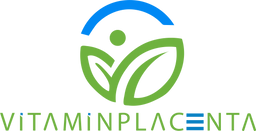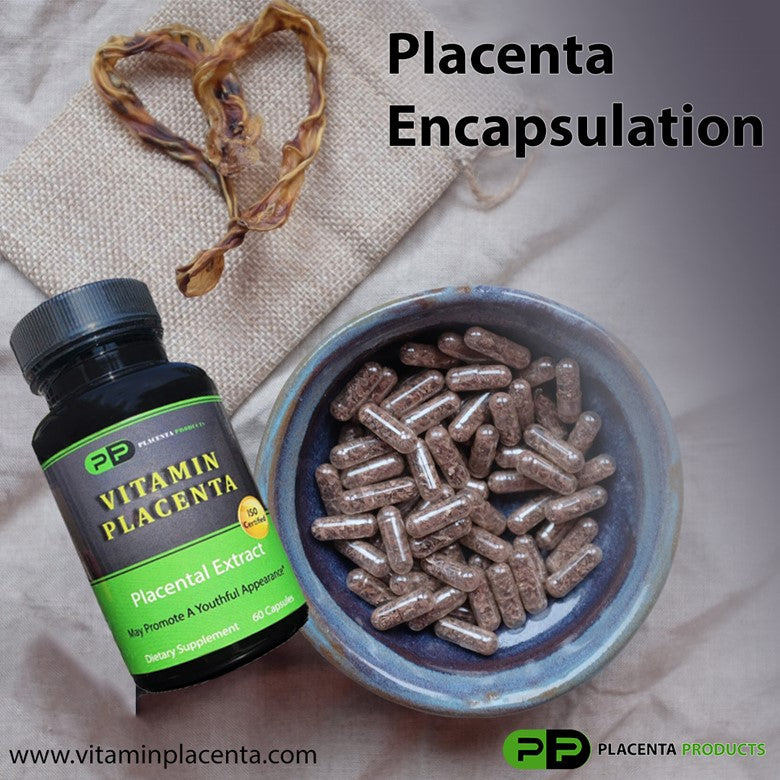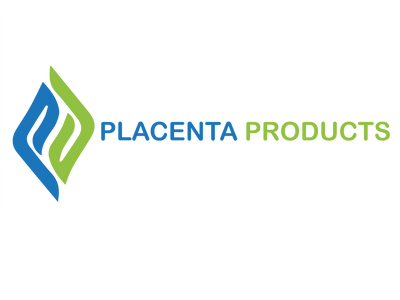What are the Pros and Cons of Placenta Encapsulation?
What is Placenta Encapsulation?
Placenta encapsulation is the process of consuming the placenta after it has been steamed, dehydrated, crushed, and encapsulated. The placenta is that organ which surrounds the fetus in the womb and permits nutrition, blood, and waste to be exchanged between the mother and the child. Placenta encapsulation, a centuries-old practice in Traditional Chinese medicine, involves taking the placenta in pill form and ingesting it. In the USA, Canada, and the UK, this controversial practice has been growing rapidly for several decades.
Why should you Encapsulate your Placenta?
Placentophagy is another term for ingesting the placenta. Historically, this was a prevalent practice that has persisted throughout the ages. During pregnancy, your body creates the placenta to provide nutrition for your baby. By encapsulating the placenta, you can reap all of the placenta's health benefits in a method that's easier to consume.
Here are four major reasons why postpartum moms find placenta consumption beneficial:
- The placenta contains a high amount of prostaglandin, which induces uterine shrinkage or return to pre-pregnancy size.
- The placenta also contains trace oxytocin levels, which reduces delivery stress and the risk of postpartum depression.
- The consumption of the placenta triggers the smooth muscles around the mammary cells to contract and discharge milk, resulting in increased breastmilk flow.
- Proponents believe it may also aid in pain management and the recovery of depleted iron.

Can you Taste the Placenta?
Placenta capsules, like many other supplements like vitamins and herbal mixes, have a distinct odor, but most women aren't bothered by it when they take the capsules. Take the capsules with food or a drink like juice or milk if you have a more sensitive palate.

Is Placenta Encapsulation Safe?
Li Shizhen's Compendium of Materia Medica, or Bencao gang mu, is a Chinese pharmacopeia and the most prominent book in the Chinese tradition of pharmacognosy, or the study of medicinal plants. It was first published in 1596.
In his work as a physician and herbalist, Li drew on a variety of sources, including his own clinical experience, as well as poetry and oral histories. According to historian Carla Nappi's examination of Li's life and work, his encyclopedia of the natural world is a "textual gallery of natural wonders."
Li's book described dried human placenta as a medication that "invigorated people" and was used to treat impotence and infertility, among other diseases, including approximately 1,900 ingredients ranging from ginseng and peppercorn to dragon's bone and turtle sperm. For proponents of placentophagy, this book offers as ethnomedical confirmation of the practice's lengthy history, and by implication, its efficacy, and safety.
The idea behind consuming your own placenta postpartum is that, as a miraculous organ, nutrient-dense that nourishes the baby, it may also offer nutrients to the mother after birth, with iron being the most important nutrient. The placenta is rich in vitamins and minerals such as B6, B12, and iron. It's also high in reproductive hormones like estrogen and progesterone, which are depleted after childbirth. So, hypothetically, swallowing your placenta (entire or in pill form) appears to be really beneficial.
When there is little scientific evidence to support placenta encapsulation, anecdotal data suggests that it has numerous advantages. Placenta encapsulation may have the following benefits: a reduction in postpartum mood disorders, an increase in oxytocin production, a reduction in stress hormones, a restoration of iron levels following postpartum bleeding, and an increase in milk supply.
A small investigation found that hormones remained in the placentas after the preparation process. Researchers discovered that progesterone and estradiol levels are high enough to have physiological effects when eaten. According to the American Pregnancy Association, placenta encapsulation can help with mood stabilization by increasing oxytocin levels. Placenta encapsulation may also regulate postpartum hormones, impacting a mother's mood and her ability to produce milk.
Indeed, a survey of women who had eaten their placentas revealed that 40% had improved their mood, 26% had more energy and less exhaustion, 15% had improved their breastfeeding, and 7% had less vaginal bleeding and discharge.

What are the Risks?
Placenta encapsulation has several serious risks that you should be aware of:
Infection
Placentas are blood-filled, raw organs that can be easily infected. They aren't sterile, and encapsulating the placenta doesn't kill hazardous germs. That is, if a woman has an intrauterine infection, she may re-expose herself to the germs or virus when she takes placenta pills. If she is breastfeeding, the infection may be passed on to her child. There is also a danger of infection if the placenta becomes contaminated during the encapsulation procedure, such as if it is not adequately refrigerated.
Heavy metals
Heavy metals such as lead, arsenic, and mercury build up in the placenta during pregnancy and can be found in placenta pills. Consuming the pills exposes you to tiny levels of these metals, which could be dangerous if used for a long time.

Blood clots
Women are more susceptible to blood clots in the first few weeks following childbirth. If placenta pills are taken during pregnancy, they may increase this risk since the placenta includes estrogen, which increases blood-clotting factor levels.
Take Action!
Despite numerous stated benefits, there is little research in support or opposition to placenta encapsulation. Placenta encapsulation has the potential to provide both physical and mental benefits. Every person's experience with their own placenta is unique. Individual risk assessment of developing a postpartum mental illness, having milk supply concerns, or even battling with blood loss after giving birth may be the best guide in assessing whether or not placenta encapsulation is good for that person.
However, there are many placenta services, which provide animal-based placenta pills. In that way, you can enjoy the benefits of the placenta, omitting the risk factors of consuming your own placenta. Now the choice is yours!



